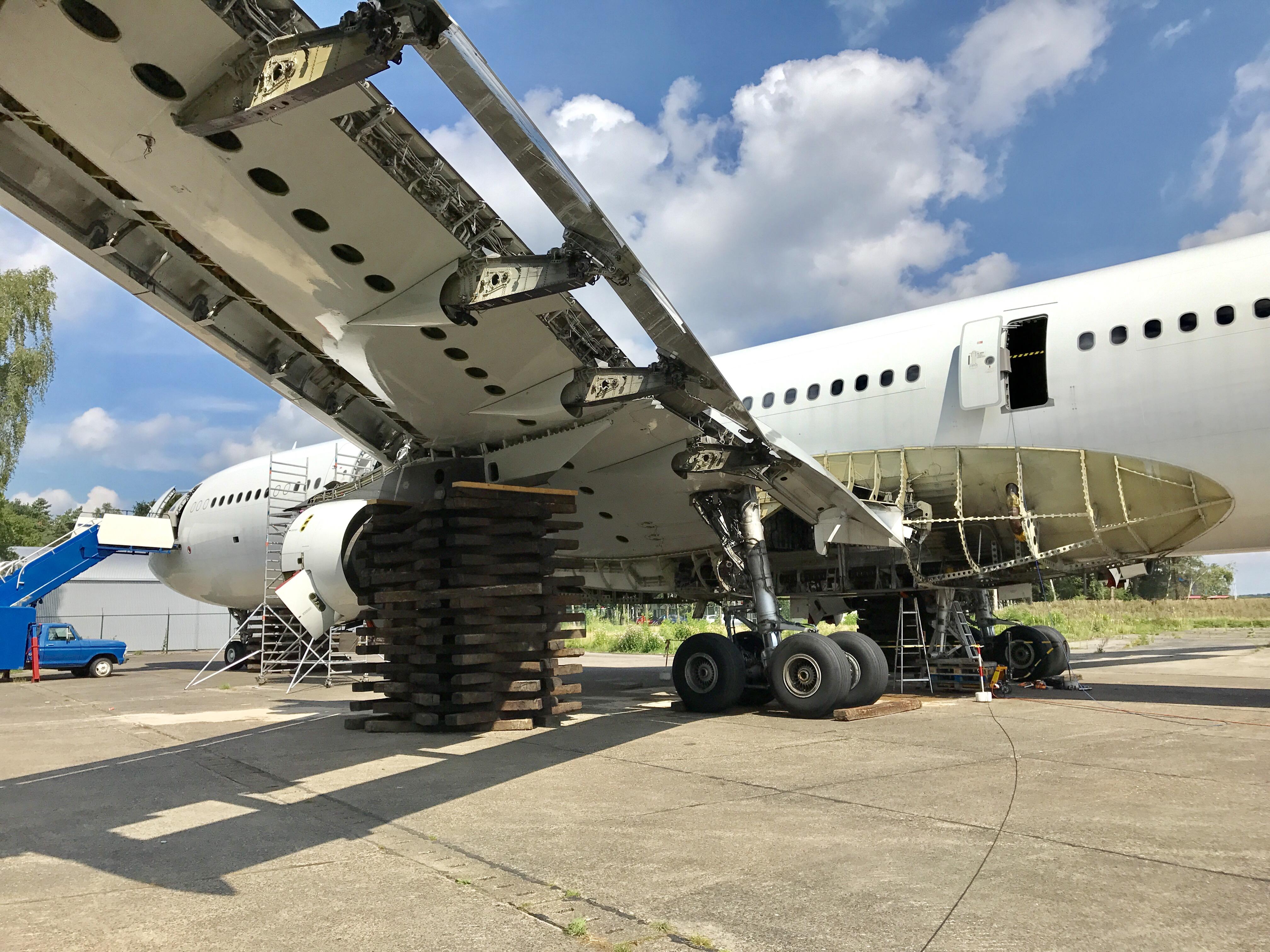
Industry experts estimate that anywhere from 2,500 to 3,500 existing aircraft will not be needed by airlines over the next three years. Surplus commercial aircraft will head first for parking, then for storage, finally for tear down or cargo conversion. The pace and shape of this transition will differ by region.
For example, European aviation is struggling with virus restrictions and passenger reluctance to travel and may face more headwinds during recovery. The French government, as a condition of aid, wants Air France-KLM to cut CO2 emissions on domestic flights by 50% by the end of 2024. That likely means many fewer short-haul flights of 2.5 hours or less.
So, in addition to widebodies not needed for international flights, more narrowbodies may have to go too. And, although fuel prices are low, the European Union’s emission allowances will probably reach the equivalent of $16 per barrel of oil next year and increase afterwards as the EU tightens emission targets.
Nevertheless, most European aircraft remain in airline fleets. “We are not seeing substantial early lease returns except where an airline is liquidated and the lessor is forced to take redelivery of the aircraft,” notes Andrew Harreiter, marketing manager of the UK’s ACC Aviation, which advises leasing companies.
The reason is simple. “Given the current situation and challenges in remarketing aircraft of all types, lessors’ preference is to keep aircraft in lessee’s operation, even if payments are deferred,” Harreiter says. This approach at least has the lessee covering costs of insurance, maintenance, airworthiness management and storage. “The alternative, repossessing and remarketing aircraft, is not viable in the current environment.”
Harreiter says the great majority of new leasing transactions taking place now are sales and leasebacks of already-placed aircraft as airlines monetize these assets to increase cash reserves.
Derk‑Jan van Heerden, CEO of The Netherlands’s Aircraft End-Of-Life Solutions (AELS), has so far received only a few requests for aircraft teardowns. “You might conclude that people have more time, are more cash- and cost-focused and therefore look at more options,” van Heerden says.
Although AELS does not park aircraft as a core activity, Lufthansa has been parking six Boeing 747s at its facility at Twente Airport. “Our airport is making some more room, and I think there will be more coming in the next months, but we are not as big as some other places where they have hundreds of aircraft,” the AELS chief notes.
Van Heerden attributes continued indecision on aircraft fates to the fact that, “the market is still upside down. . . those who are patient sellers will take the time and see what happens.” Only a few impatient aircraft sellers need cash, so a few deals, but no flood wave, should materialize in the next few months.
Across the channel UK-based storage and teardown specialist Air Salvage International is seeing parked aircraft build up and expects to tear down many of them. The company had to furlough some workers during the UK lock-down, but everybody is back and busy, according to global sales manager James Cobbold. “We just finished a lot of projects we had before COVID and now we have plenty of aircraft queued for disassembly,” Cobbold says. “There are lots more on site.”
Some aircraft, owned by lessors, are under Part 145 storage programs, some are just parked and awaiting sales with no buyer yet, and some are clearly destined for disassembly. In all, Air Salvage has 40 aircraft on site, the most on record, and expects another 20 aircraft to arrive in the next two months. “We will have plenty to do,” Cobbold predicts.
Many of these aircraft arrive with no buyer and are parked while the owner decides what will be done with them, sale or disassembly. In some cases, there is no part trader yet that wants a disassembled aircraft.
About a dozen of the current 40 aircraft are Boeing 747s, of which “one or two might fly out,” Cobbold estimates, while the rest are torn down. There are also four Airbus 340s on site, and the rest of the aircraft are narrowbody 737s and A320-family jets. Ten of these are in Part 145 storage programs and will likely fly again. The Air Salvage exec judges about half of the narrowbodies will be disassembled.
Exactly which aircraft are torn down will take a while to determine. Cobbold agrees with van Heerden that leasing companies are not desperate to sell aircraft at reduced prices now.
“They might be offered at 50% off pre-crisis value, but will wait for a 10% discount offer.” He does not expect part traders to be too eager to flood the market with used parts in the next six months either. “Some traders are not purchasing anything now.”
Cobbold has heard industry estimates that 2,500-3,500 aircraft are headed for teardown or conversion over the next three years, in which case he expects his company to be extremely busy. He notes that, unlike North America, Europe has only three or four storage-tear down sites. And if those kind of disassembly volumes are attained, the part markets will be saturated.





